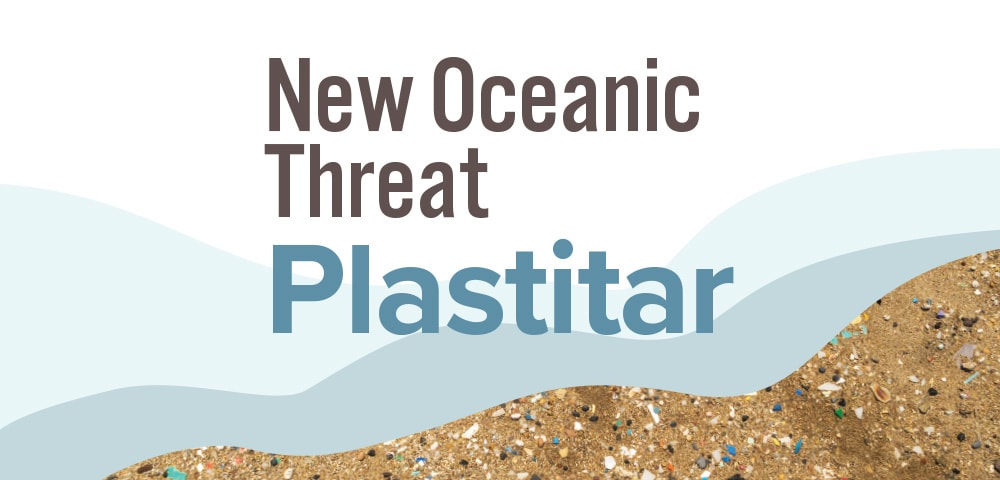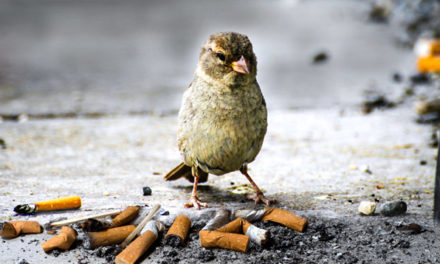
Women’s Voice has reported on plastics on the high seas for years – from floating plastic packaging waste to plastic nanoparticles suspended in salt water and settling onto beaches.
Now we’re writing about a new threat from plastics in our waters. The latest? Plastitar. Plastitar is formed when oil spill residue combines with plastic pollution to create a hardened tar speckled with colourful bits of plastic flotsam. Sadly, this is not an isolated observation. Researchers have found plastitar over long stretches of beach, especially along shipping lanes frequented by oil tankers, container ships, and fishing fleets.
The term “plastitar” was coined by an analytical chemist in the Canary Islands, Javier Hernandez Borges, who told The Guardian that oil “acts like Play-Doh” when it washes ashore, allowing the plastics to congregate and embed themselves in the soft material. Over time, plastitar hardens, becoming a menace to the ocean and its inhabitants.
Plastitar is not the first instance of plastics in our oceans creating new and worrisome formations. Before plastitar, scientists had already noted the rise of pyroplastics, which look like rocks but aren’t, and plastiglomerates, created by melted plastic, beach sediment, and fragments of basalt lava.
These forms of plastic pollution are more than just ugly. Borges says the fear now is that plastic pollution has become pervasive enough that it’s taking on a life of its own in various ways, leaking toxic chemicals and interfering with nature itself. By killing organisms or preventing them from growing and reproducing, he says plastitar and similar offspring of oceanic pollution may be “blocking and inhibiting the development of the ecosystem.”
WV is pleading with our readers to reduce or stop buying single-use plastics. How much worse does the pollution in our ocean need to get before we all wake up and realize we CAN live without single-use plastics?














